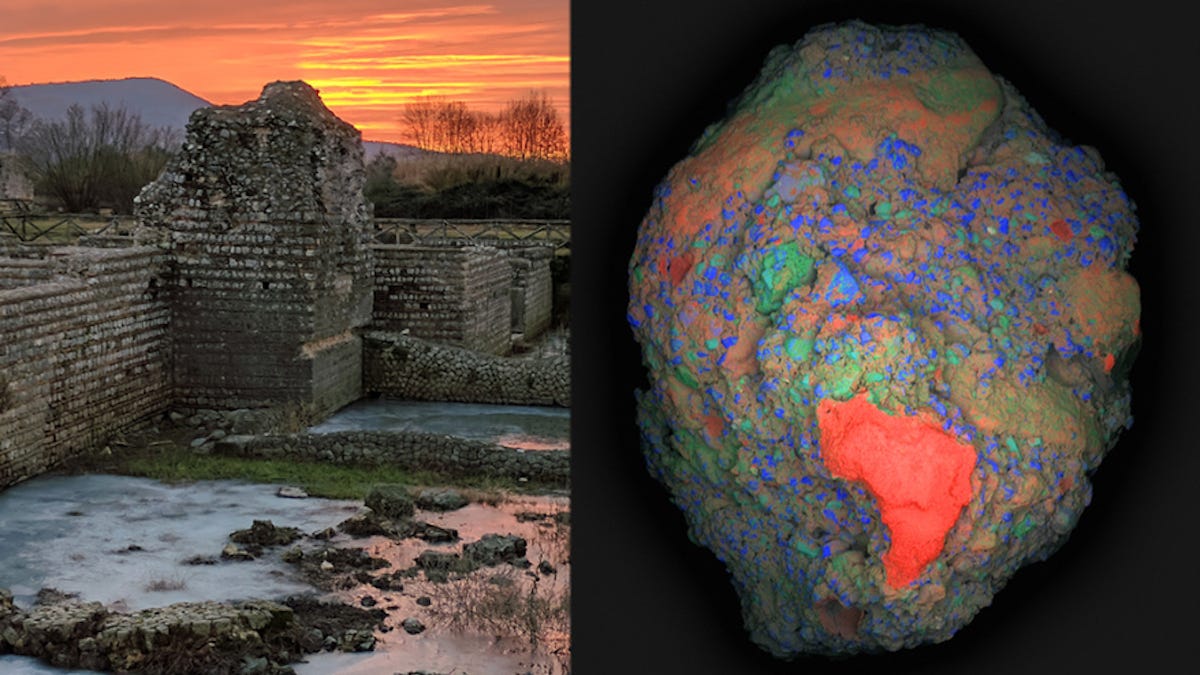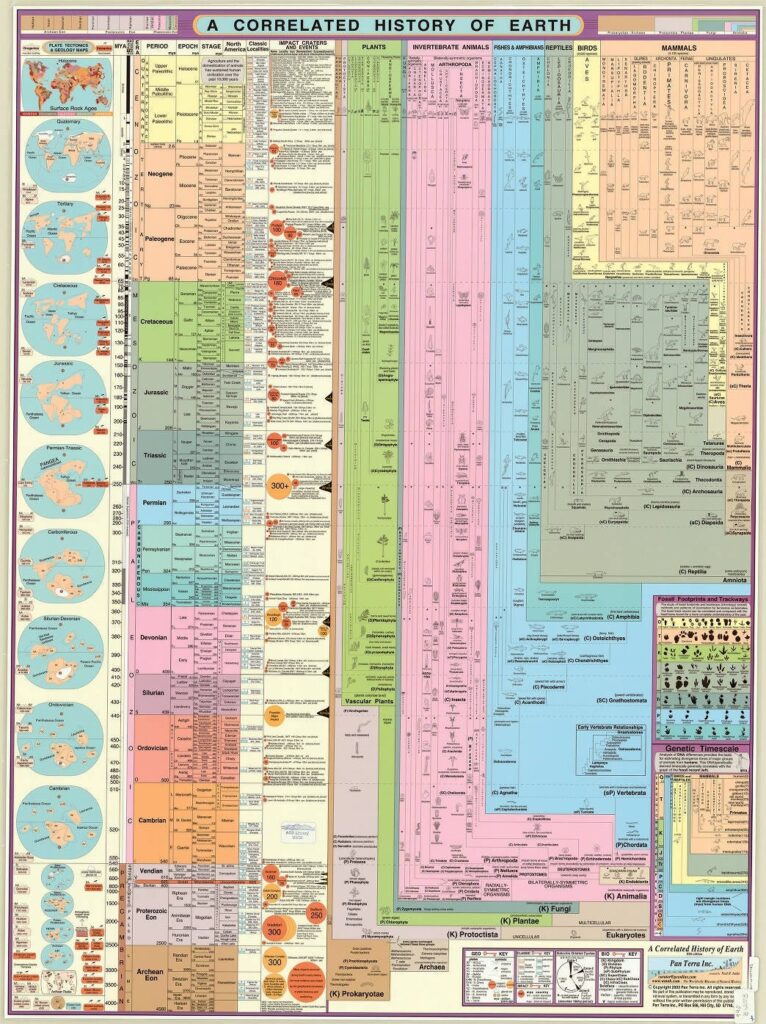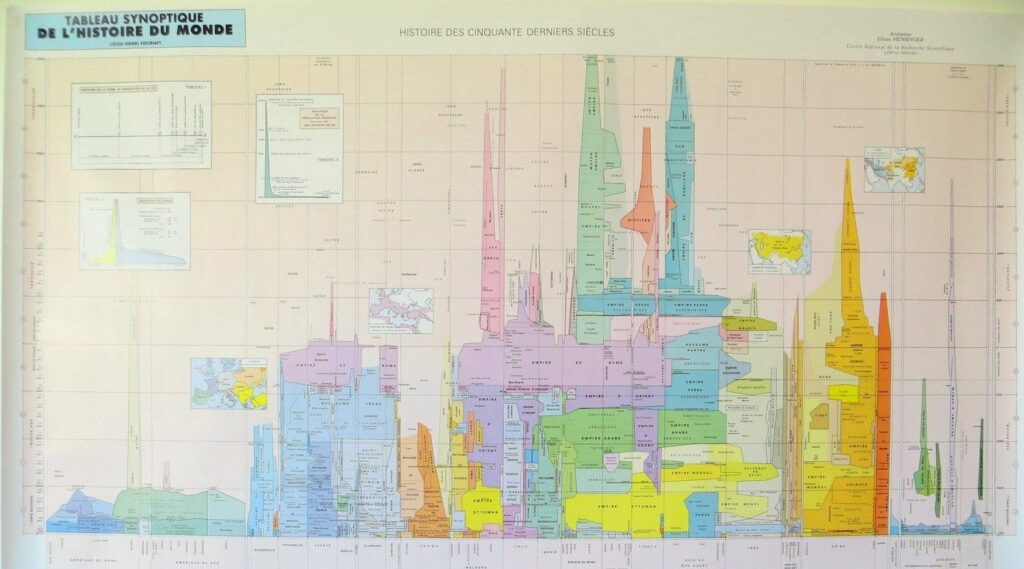Solving the Riddle of Roman Concrete
Gar's Tips & Tools - Issue #147
Gareth’s Tips, Tools, and Shop Tales is published by Cool Tools Lab. To receive the newsletter a week early, sign up here.
Solving the Riddle of Roman Concrete

The engineering wonders of ancient Rome are widely known and much of their impressive construction was held together with Roman concrete. Structures like the Pantheon, built in A.D. 128 and featuring the the world’s biggest unreinforced concrete dome, remain intact today, as do ancient aqueducts, still delivering water.
Up until recently though, the reason why Roman concrete could remain so durable, while modern concrete crumbles, had eluded researchers.
Now, a team of investigators from MIT, Harvard University, and laboratories in Italy and Switzerland, has made progress in this field, discovering ancient concrete-manufacturing strategies that incorporated several key self-healing functionalities. The findings are published today in the journal Science Advances, in a paper by MIT professor of civil and environmental engineering Admir Masic, former doctoral student Linda Seymour ’14, PhD ’21, and four others.
For many years, researchers have assumed that the key to the ancient concrete’s durability was based on one ingredient: pozzolanic material such as volcanic ash from the area of Pozzuoli, on the Bay of Naples. This specific kind of ash was even shipped all across the vast Roman empire to be used in construction, and was described as a key ingredient for concrete in accounts by architects and historians at the time.
Under closer examination, these ancient samples also contain small, distinctive, millimeter-scale bright white mineral features, which have been long recognized as a ubiquitous component of Roman concretes. These white chunks, often referred to as “lime clasts,” originate from lime, another key component of the ancient concrete mix. “Ever since I first began working with ancient Roman concrete, I’ve always been fascinated by these features,” says Masic. “These are not found in modern concrete formulations, so why are they present in these ancient materials?”
Read the rest at MIT News.
Which Bench Grinder is Best?
In this Project Farm product testing video, Todd looks at bench grinders. The brands tested are JET, Shop Fox, Rikon, Delta, SKIL, Hercules, Bauer, Performance Tool, and WEN. Grinders were tested for the amount of time to reach full operating speed, wheel stop speed, electric motor torque, electric motor temperature after 15 minutes of intense use, electric motor watts under load, grinder weight, abrasive wheel quality, and a subjective build quality rating. I am in the market for a cheap, light-use grinder and was hoping the $88 WEN would perform better than it did. In the end, the best of the lot was the expensive JET ($528 at time of testing, now $469), although the far more affordable Shop Fox ($250 at time of testing, now $220) did well, too. I’ll still likely settle for the WEN as I only have light, periodic use for such a tool.
Turning a Drill Press Into a Disc Sander
This is such a cool idea — turning a drill press into a disc sander using a thick, CNC-cut acrylic disc, a mandrel, and adhesive-backed sanding discs. If you have access to a CNC, you could obviously do this yourself, but Mike Taylor of Taylor Toolworks, who comes up with these clever ideas and turns them into affordable products, deserves the support. The 5″ acrylic disc and mandrel only cost $13. And he sells the mandrels for $7 if you want to cut your own disc. See the acrylic discs, mandrels, and sanding discs here.
Making a Home Shop Furnace
On this episode of Clickspring, Chris shows the build process he used to create a home shop furnace. Instead of a fully castable refractory, as is common, he went with a modular design with a burner, a separate refractory body, and a lid.
Making Your Own Fire Piston from a Few Simple Parts
I have always wanted a fire piston, but have never gotten around to buying one. Here’s a quick and easy DIY version that uses little more than a 5″ long piece of copper pipe and end cap (1/2″ Dia.), 1/2″ wooden dowel, an O-ring (9/16″ O.D., 3/8″ I.D), and a wooden knob.
Andy Birkey’s Shop Fire

My pal, and one of the finest ambassadors of the maker community, Andy Birkey, lost his entire shop in a fire this past week. His friends are banding together via GoFundMe to send a little scratch to help him get back up and running ASAP. I think the page will only be up for another week or so. If you know Andy and want to help (or even if you don’t know him personally), please consider contributing. Jimmy DiResta also had a great idea about (when Andy has a space again and is ready) sending him tools. Besides losing everything he uses to do his work (he specializes in Gothic church restoration), I’m sure he lost tools that had sentimental value (we all have those). They can’t be replaced, but new sentiments can come from tools shared with him by a community of friends. I’m already having fun thinking about what I can send him. When he’s back up and running, I’ll post here again so that newsletter readers can send something if so inspired. Hang in there, Birkey. We got you.
02/9/23








